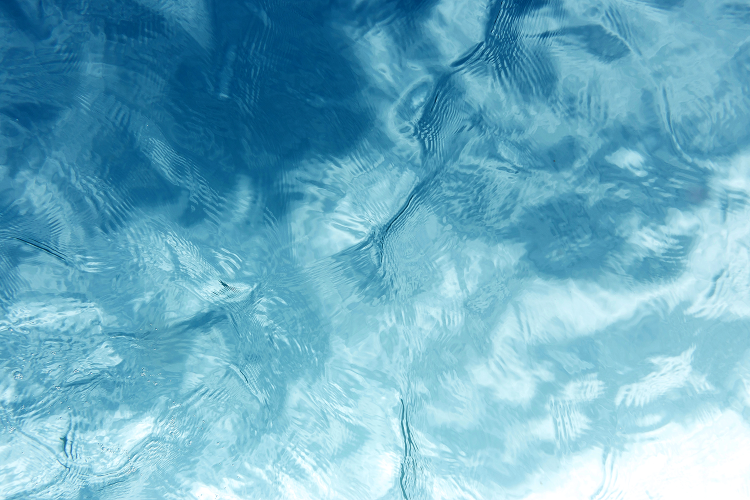The importance of behaviour in improving the production of shrimp in aquaculture

Abstract
There is an increasing recognition within the aquaculture industry that understanding the behaviour of farmed animals can help provide solutions to feeding problems. However, most studies have focused on finfish production, with fewer behavioural studies on feeding processes in commercially produced crustaceans. More than 60% of crustacean aquaculture is attributed to the production of penaeids, particularly the Pacific white‐leg shrimp (Litopenaeus vannamei Boone). The profitability of the Pacific white‐leg shrimp for aquaculture stems from its ability to survive in a wide range of environments and its fast growth at high densities. However, there are significant setbacks within their farming. In particular, while they can move rapidly to take food pellets, they can be slow to consume them leading to food wastage and subsequent economic losses for the industry. Understanding shrimp behaviour provides a starting point for refinements to feeding practices. Here, we review the different influences on shrimp behaviour which are likely to influence productivity such as individual‐level effects (e.g. moulting, sex), environmental influences (e.g. photoperiod, conspecific presence) and water quality (e.g. salinity, temperature). Although work on feed management has been conducted, providing information on nutrition, feeding frequency and schedules, here we demonstrate that such advances must be accompanied by behavioural approaches to allow the development of optimal feeding efficiencies and to support the continued growth of the crustacean aquaculture industry.